It is located in the district of Sabaletas, Andalusia, province of Cauca Valley, and has a total installed capacity of 10 megawatts. This photovoltaic farm is the second constructed by China Power for Sercilia after the Palmira III Solar Project of the same country. The highlight of this project is that it is the first self-management model solar project to be developed in Colombia.
The construction of the project began in May 2023 and lasted for a period of 15 months. A hybrid system of management was implemented, whereby Chinese project management expertise was integrated with local management teams to manage design, construction, installation, and commissioning. This kind of strict management ensured the progress of the project. Since then, it has been completed with high quality, safety, and efficiency, hence being fully recognized by the owner and the supervising authority.
Therefore, the Andalusia Solar Project is successfully delivering electricity supply for the province of Cauca Valley, boosting China Power's position in renewable energy within Colombia and supporting its transition toward clean energy.



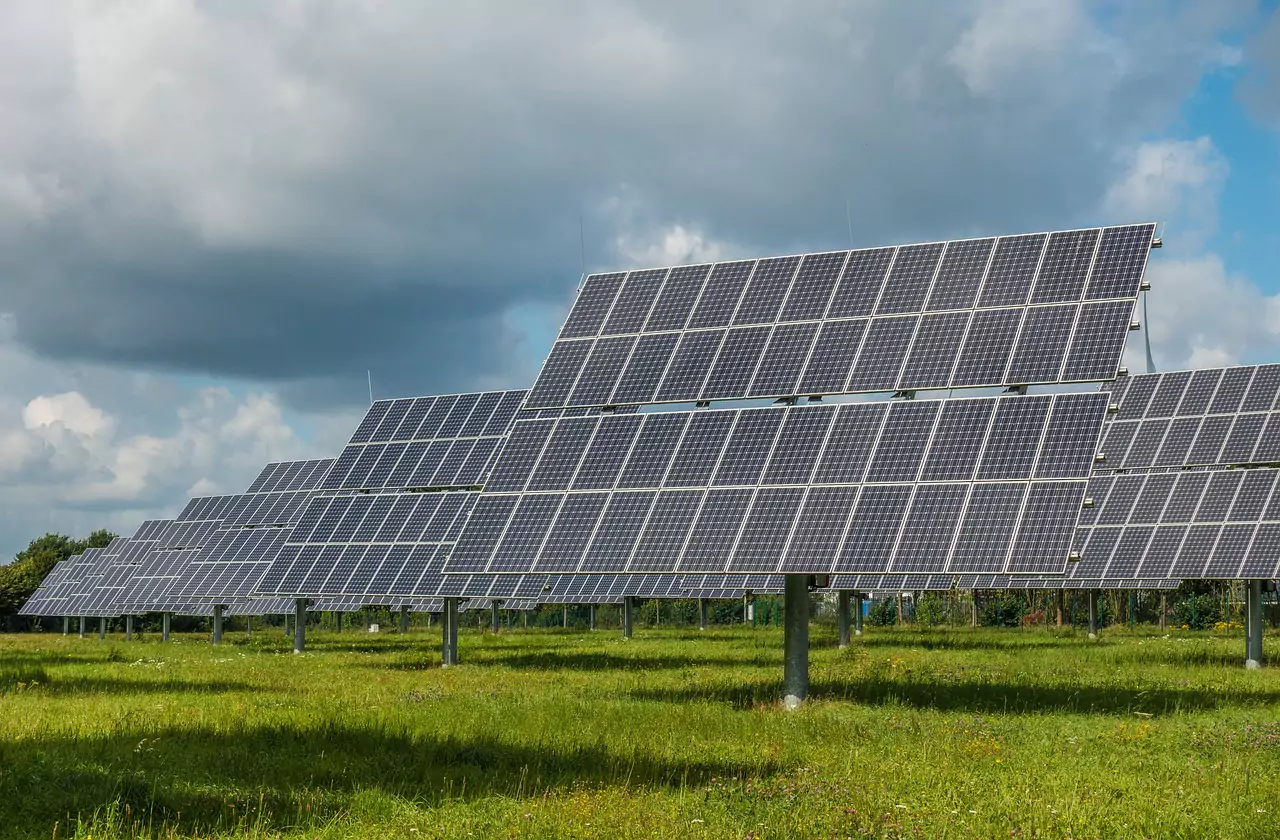
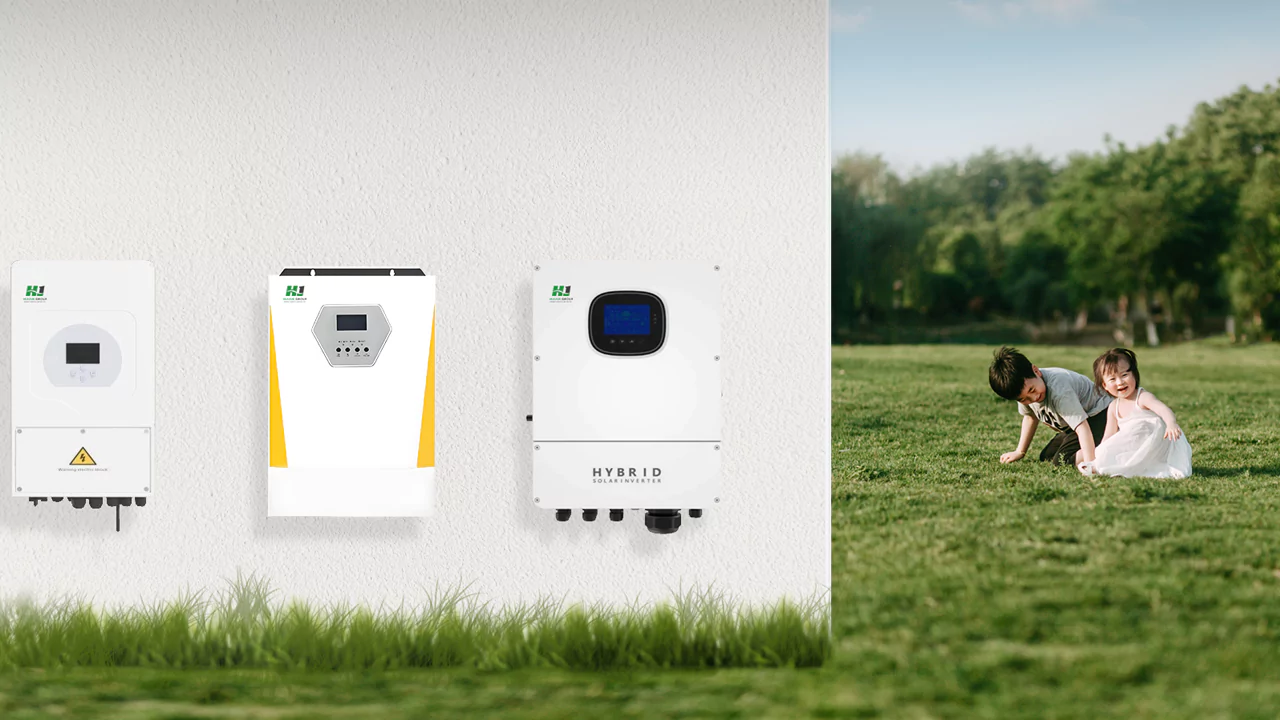

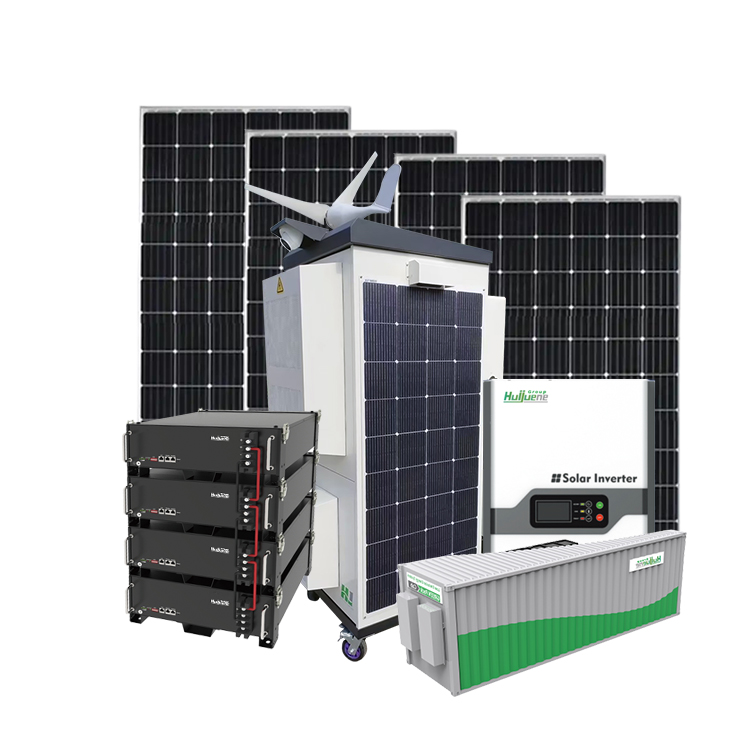

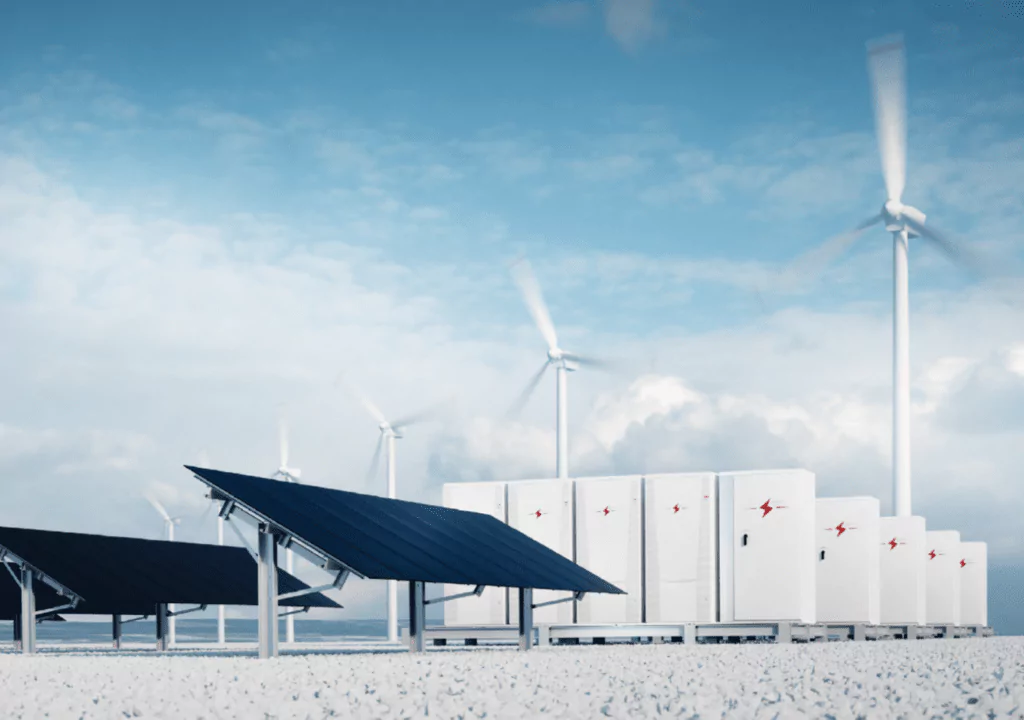
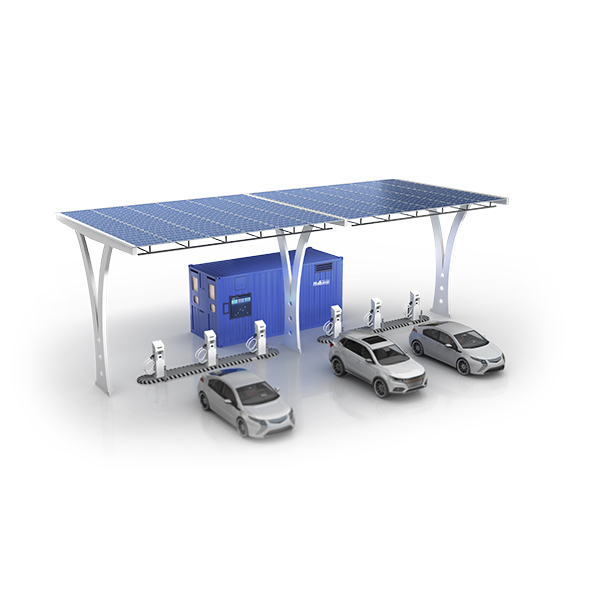



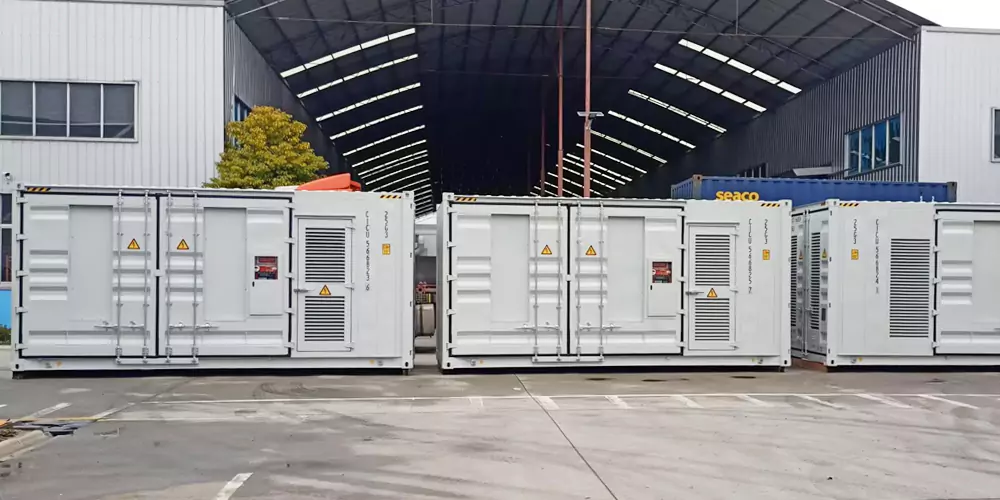



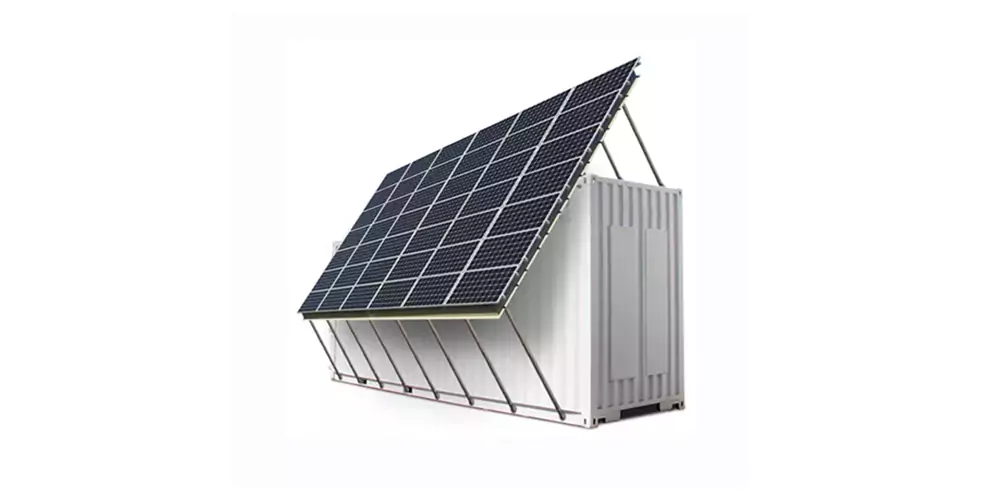



 Inquiry
Inquiry Online Chat
Online Chat